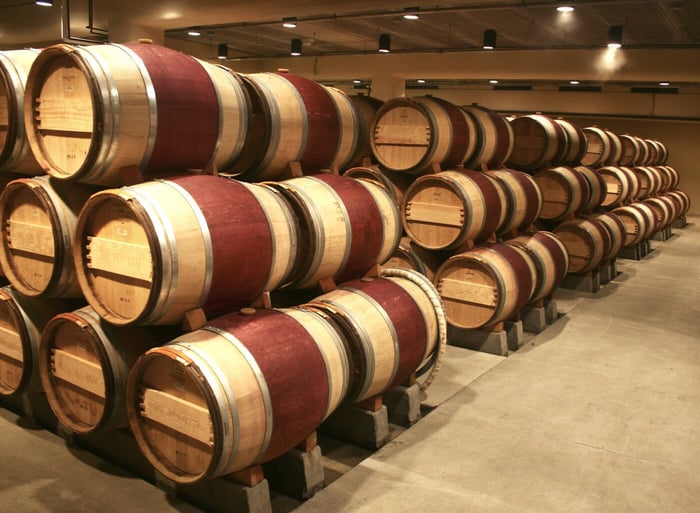Five Ways to Distinguish a Good Red Wine
Red wine is beloved by many for its rich flavors, aromas, and the way it can enhance any occasion. However, not all red wines are created equal. Finding the perfect bottle of red wine requires a combination of knowledge, experience, and a keen palate. In this blog post, we will explore five key factors that can help you identify a high-quality red wine. Whether you're a seasoned wine enthusiast or just starting your journey, these tips will guide you towards finding the perfect bottle for your taste buds.
Appearance

The Visual Clues: Before taking that first sip, take a moment to examine the wine's appearance. Pour the wine into a clear glass and observe its color and clarity. A good red wine should have a vibrant hue, whether it be deep ruby, garnet, or purple. It should be clear and free from any cloudiness or sediment. While color alone does not determine quality, it can offer insights into the grape variety, age, and winemaking process.
Aromas

The Nose Knows: One of the most enjoyable aspects of wine tasting is the aromatic journey. Swirl the wine gently in the glass to release its aromas. Stick your nose into the glass and take a deep sniff. A good red wine will have a complex bouquet with various layers of aromas. Look for notes of ripe fruits, such as berries, cherries, or plums. You may also detect hints of spices, herbs, flowers, or even oak from barrel aging. The aromas should be pleasant, well-integrated, and inviting.
Taste
Balance and Complexity: The true test of a good red wine lies in its taste. Take a small sip and let the wine coat your palate. A quality red wine will exhibit a harmonious balance of flavors. Look for a combination of fruitiness, acidity, tannins, and alcohol that work together seamlessly. The flavors should be distinct yet well-integrated, showcasing the wine's complexity. A good wine will have depth and layers, evolving on your palate and leaving a lasting impression.
Structure
Tannins and Acidity: The structure of a red wine refers to its backbone of tannins and acidity. Tannins are compounds found in grape skins, seeds, and stems that contribute to a wine's texture and aging potential. A good red wine will have well-integrated tannins that provide a pleasant mouthfeel without overpowering. The acidity, on the other hand, adds freshness and liveliness to the wine. It should be balanced, lifting the flavors and contributing to a satisfying finish.
Finish
The Lingering Aftertaste: The finish of a red wine refers to the flavors and sensations that remain after you've swallowed or spit out the wine. Pay attention to the length and complexity of the finish. A good red wine will have a lingering aftertaste, with the flavors gradually fading away rather than abruptly disappearing. Look for pleasant flavors that evolve and reveal themselves over time, leaving you with a desire for another sip.
Distinguishing a good red wine requires a combination of sensory evaluation and personal preferences. By considering the appearance, aromas, taste, structure, and finish of a wine, you can develop a deeper appreciation for its quality and characteristics. Remember, the enjoyment of wine is a subjective experience, so trust your own palate and explore various styles and regions to find the red wines that resonate with you. Cheers to the world of red wines, where every bottle has a unique story to tell.




